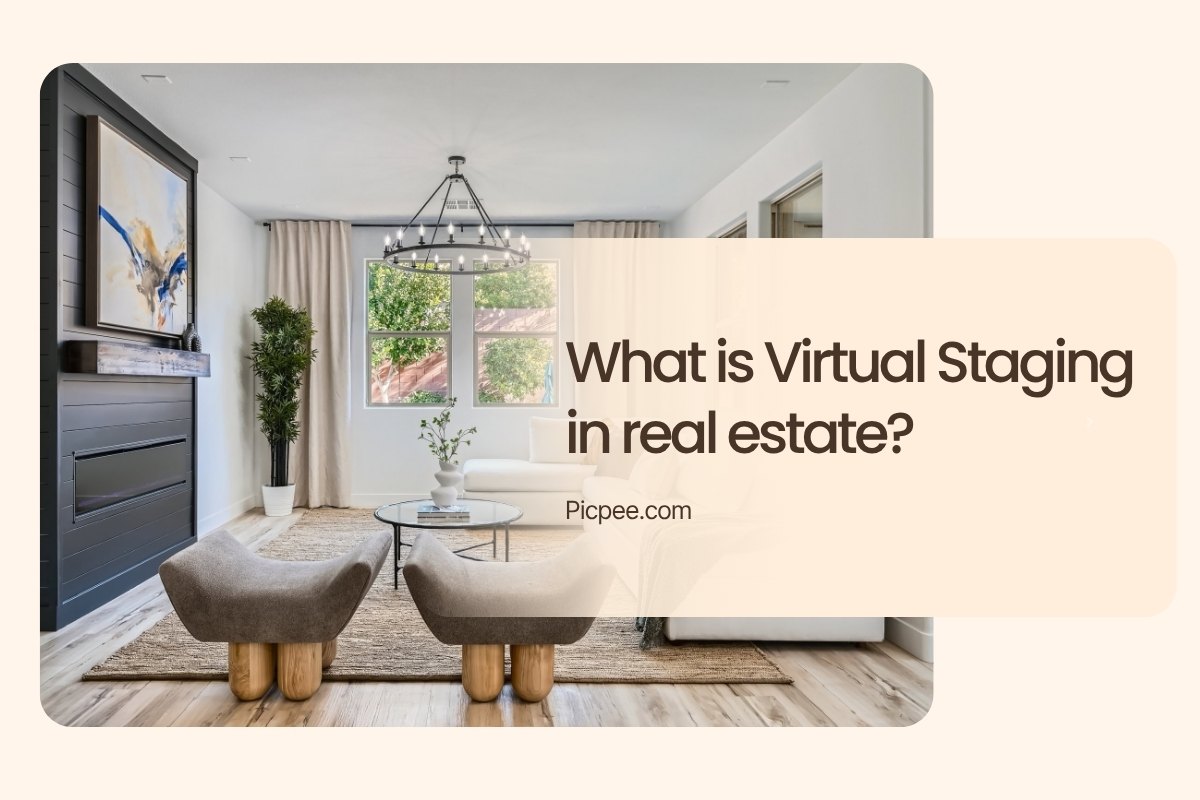In the digital age, images are not only an illustration tool, but also a decisive factor in customers' first impressions. One of the most prominent trends today is virtual staging, a solution that is changing the way brokers approach customers and increase the rate of closing deals. But what is virtual staging in real estate, and why are more and more people choosing this method instead of traditional staging? Let's explore!
What is virtual staging?
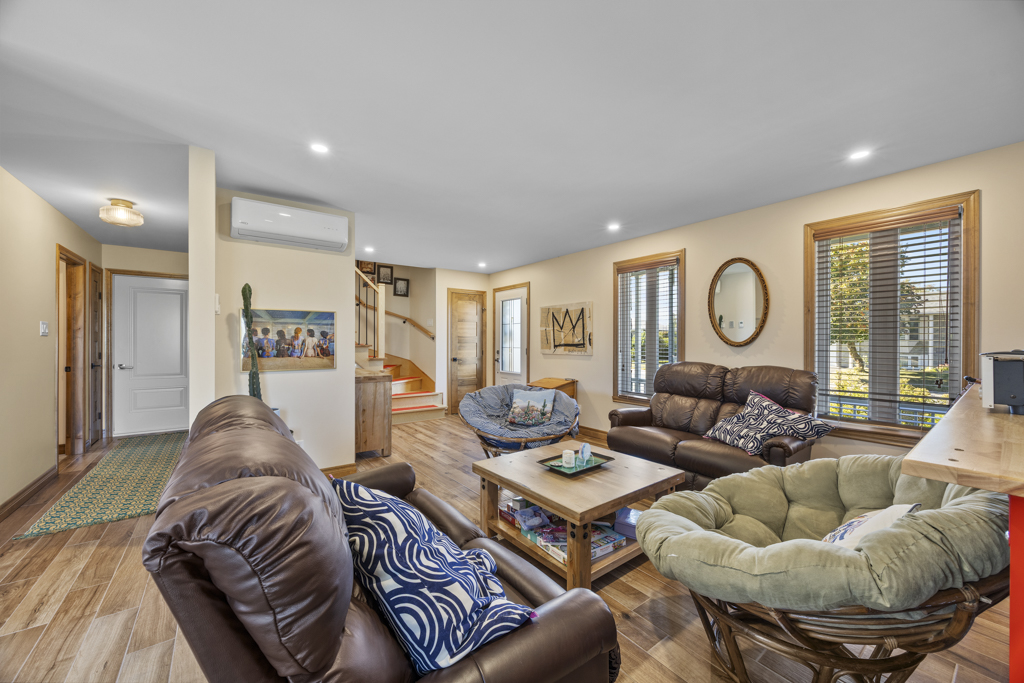
Virtual staging is the process of using graphics technology and photo editing software to create realistic interior images for an empty or unfinished house. Instead of moving real furniture into the space, designers will "stage" virtual interiors on images to simulate a more beautiful and attractive living space.
When it comes to virtual staging, this is a method widely applied in the real estate industry, especially when selling or renting empty houses. Virtual staging real estate helps buyers visualize the layout of the space, thereby creating a friendly feeling and promoting a faster buying decision.\
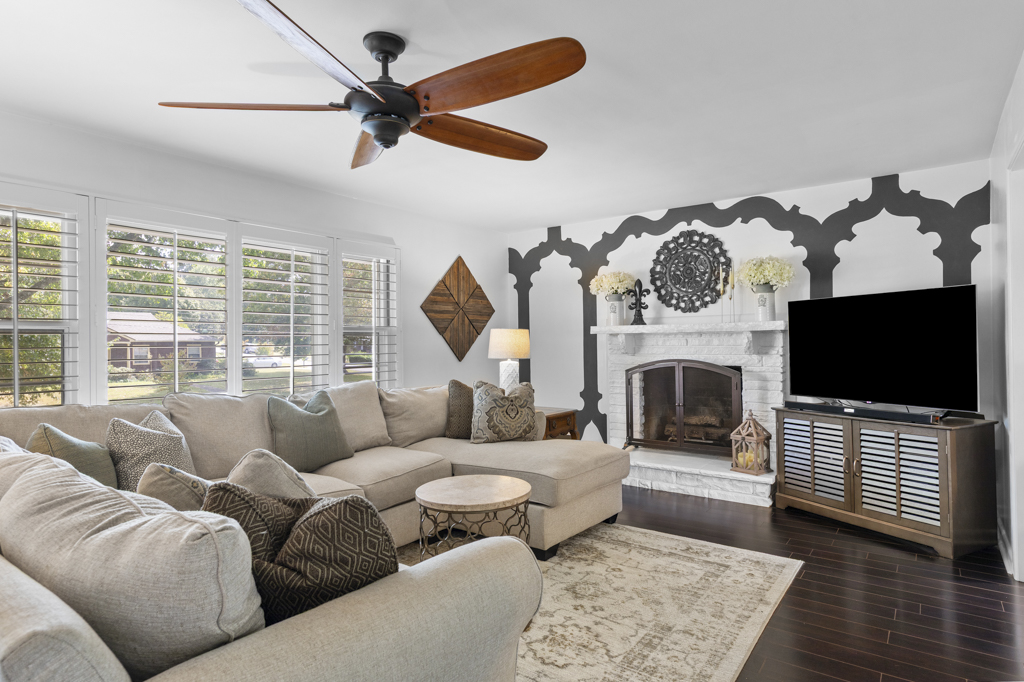
What is virtual home staging?. Virtual home staging services include decorating and arranging furniture in the room based on photos or floor plans. Virtual home staging makes the image more attractive to viewers than an image of an empty room.
How it Works
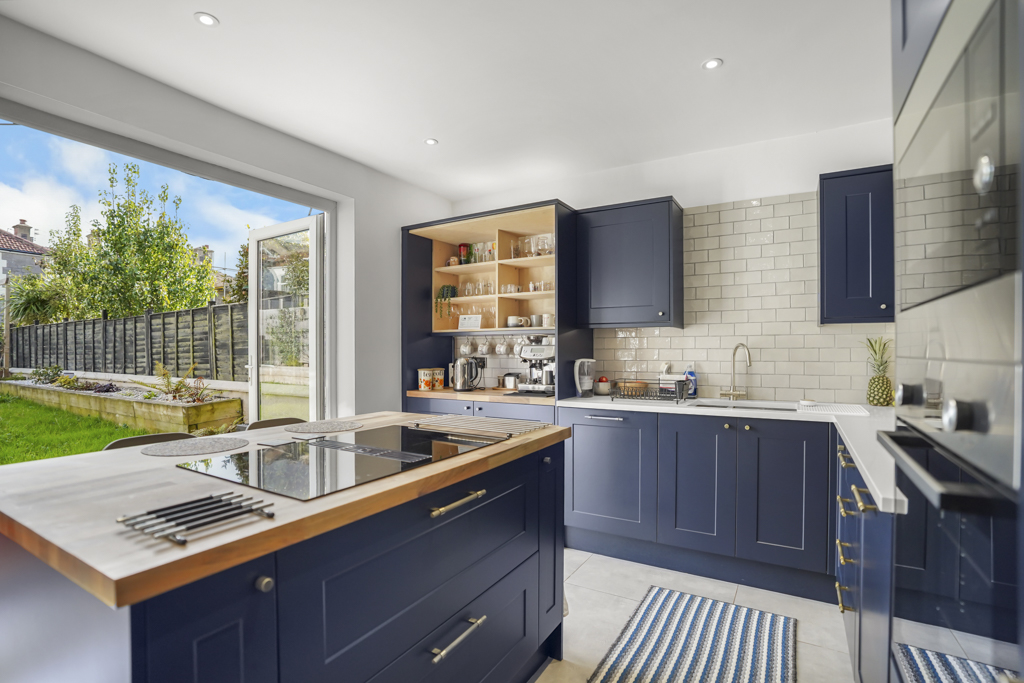
The virtual staging process typically involves these key steps:
- Step 1: High-Quality Photography
The process begins with professional, high-resolution photos of the vacant or cluttered property. The photos must be well-lit and taken from angles that show off the space and its best features.
- Step 2 Decluttering and Digital Removal
If the room isn't vacant, the virtual staging professional or software will digitally remove existing furniture, clutter, or outdated items from the photos to create a clean slate. If your photo is of an empty room, skip this step.
- Step 3 Design and 3D Rendering
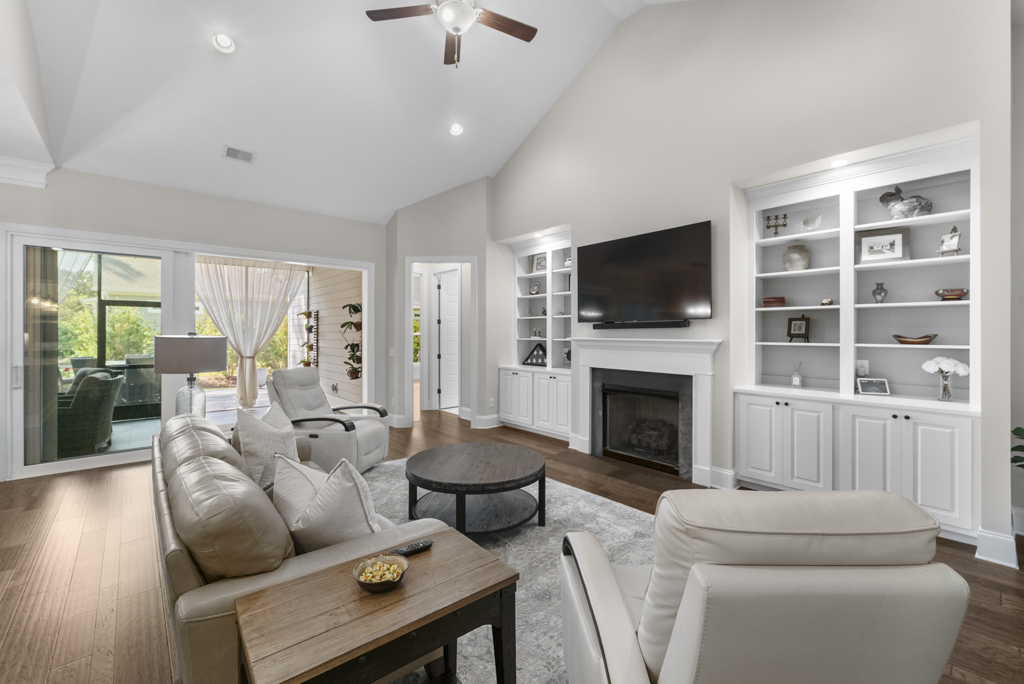
Using specialized software, a designer or AI-powered platform selects and digitally places 3D models of furniture, artwork, rugs, and other decor into the image. They adjust the size, perspective, lighting, and shadows to ensure the virtual items look realistic and proportional to the room.
- Step 4 Finalization and Delivery
The staged images are then finalized and delivered to the client, usually within 24 to 48 hours. Many companies offer free revisions to ensure the client is happy with the final product.
Virtual Staging Real Estate Benefits

Virtual staging brings many obvious benefits to the real estate industry. Many real estate agents are still hesitant and wonder: "Is real estate staging worth it?". The answer is yes. It brings outstanding benefits such as:
More opportunities for selling houses
Beautiful and vivid images from virtual staging help increase the number of viewers and attract attention from customers at first sight. According to many statistics, virtual staged houses have a 75% faster selling rate than empty houses.
Easier targeting
Virtual staging allows you to adjust the interior style to suit each customer group - from young singles to families with small children or retirees. You can request a modern, classic, Nordic or minimalist style... depending on the target audience. Besides, you can flexibly change the style and interior of the room quickly without spending too much money.
Save Money and Time
No more renting furniture, hiring stagers, or hiring moving trucks. Simply send photos and a description of what you want, and you can get your finished images back within 24-48 hours for 90% less than traditional staging. While traditional staging can cost $600 or more per room, virtual staging typically costs $20 to $80 per image, depending on the property and the agent’s needs.
Mistakes to Avoid When Using Virtual Staging
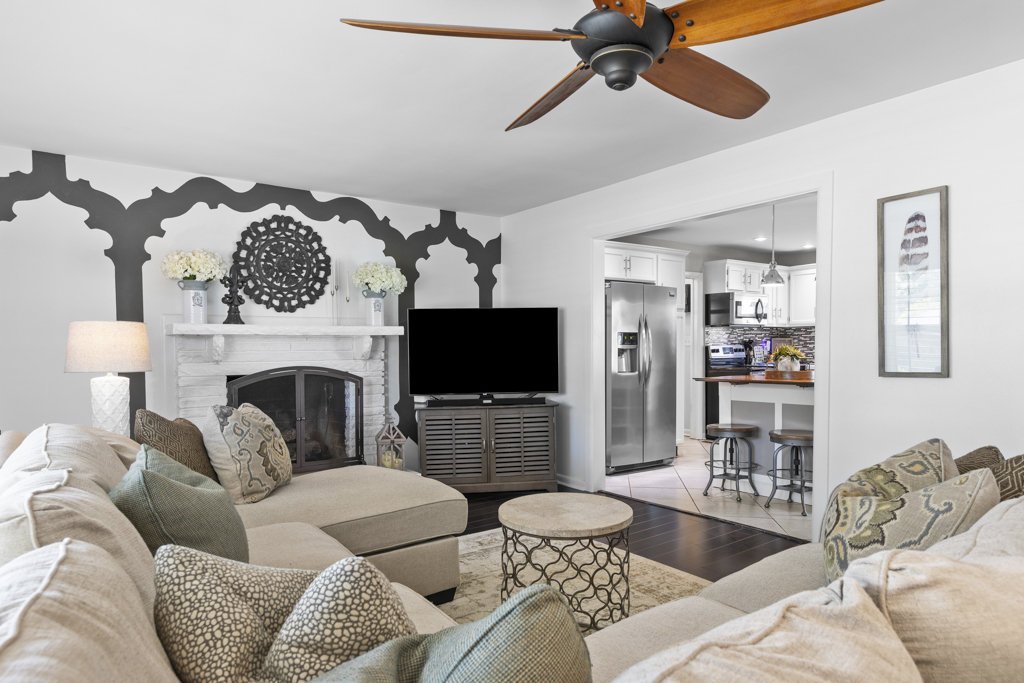
Choosing a Style That Doesn't Fit Your Market
Each property type and geographic area will have its own target audience. Using the wrong interior style can make the image seem unfamiliar and unattractive to potential buyers. If you haven't identified a specific local style, a safe bet is for agents to choose a modern, minimalist style.
Over-staging creates an unnatural image
The goal of virtual staging is to make the space look inviting and authentic. When you add too much furniture, use unrealistic lighting effects, or insert furniture that's too flashy, the image will look fake and unnatural.
Solution: Focus on creating a space with a reasonable layout, harmonious lighting, and objects that are in proportion to the room.
Not being transparent about using virtual staging images

This is a serious mistake that can lead to a loss of trust from buyers. If you don't disclose that the photos are staged, buyers may feel cheated when they visit a home that is empty or very different from what they saw online.
Solution: Always add a clear caption like "Photos staged for illustration purposes only" or "Images for reference purposes only" near the processed photos.
Using low-quality images
Virtual staging only works best when done with high-quality original photos. Using phone photos, blurry, underexposed, or tilted photos will greatly reduce the effectiveness of the staging process. No matter how good the software you use, adding objects to a poor quality original photo will create an unprofessional final product.
Core Technologies & Tools in Virtual Staging
Virtual staging is not simply “adding furniture to a photo”, but a sophisticated combination of advanced 3D technology and visual design principles. Below are important technologies and tools that help create realistic, convincing, and emotional virtual staging images.
3D Modeling & Rendering Software
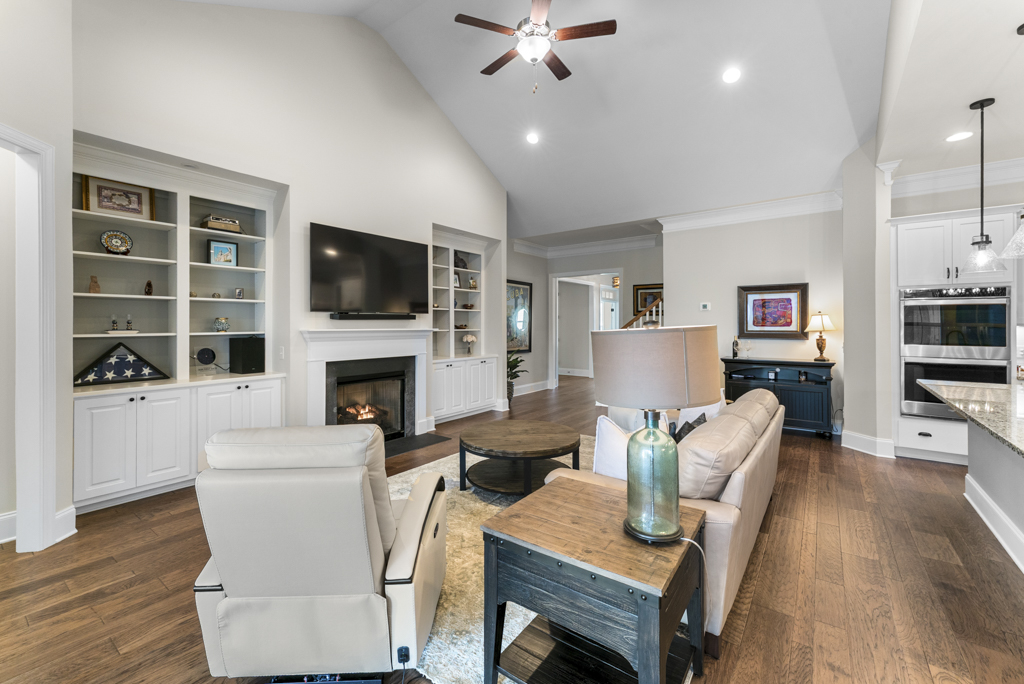
This is the heart of the virtual staging process. Software such as Autodesk 3ds Max, Blender, and SketchUp allow designers to:
- Build accurate 3D models of furniture, decorative lights, carpets, trees, etc.
- Customize every detail such as size, material, color according to the requirements of the real space.
- Place these objects in the right position in the frame to create a harmonious and aesthetic layout.
The included rendering tools handle light, reflections, and realism, creating images that are deep and incredibly lifelike – just like a real photo.
Professional Photo Editing Software
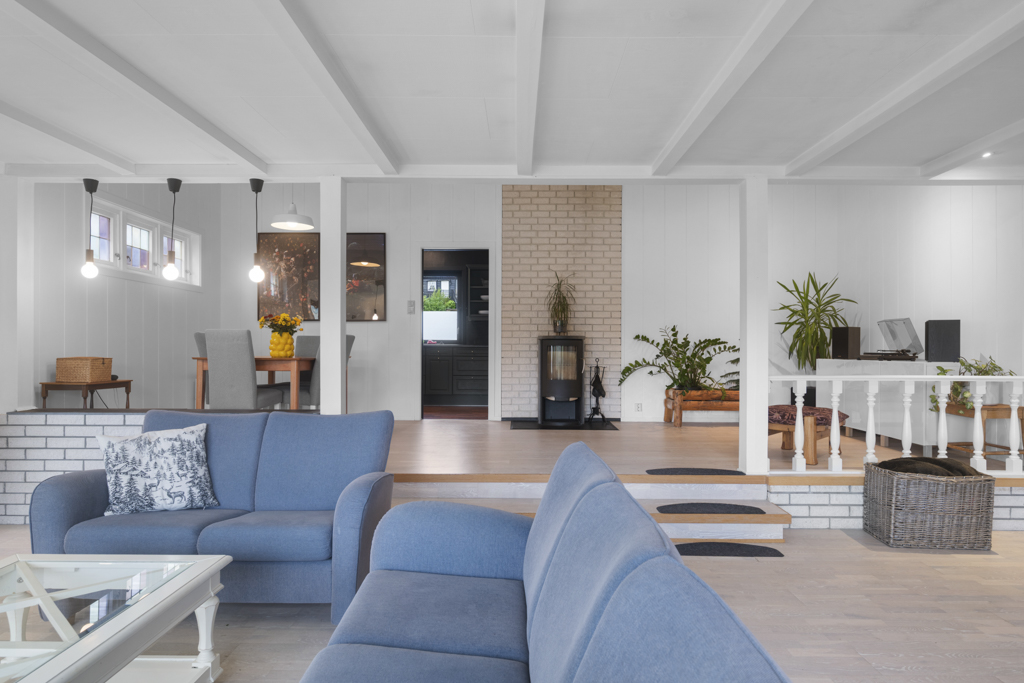
After completing the 3D rendering process, designers will use software like Adobe Photoshop to fine-tune the final image:
- Adjust lighting, shading, and shadows to blend virtual objects naturally with the original image.
- Create surface textures (fabric, wood, glass, etc.) to increase realism.
- Remove unwanted elements or edit the background to highlight the interior.
This stage requires a high aesthetic eye and in-depth image editing skills to ensure customers do not recognize what is real and what is virtual.
AI-Powered Virtual Staging Platforms
The rapid development of artificial intelligence (AI) is revolutionizing the virtual staging industry. Today, AI application platforms such as ApplyDesign, Virtual Staging AI,... allow users to:
- Upload real estate photos with just one click.
- AI automatically recognizes the space, adds suitable furniture, adjusts lighting and perspective.
- Allows the choice of many interior styles: modern, classic, minimalist, luxury, farmhouse,...
Thanks to AI technology, processing time is shortened from several days to just a few minutes, while reducing costs to an optimal level - helping both individuals and businesses access the service more easily than ever.
Picpee- Professional Virtual Staging Service
If you are looking for a reliable partner in the field of virtual staging, Picpee is an option you should consider. This is a professional service, leveraging a global network of freelance editors to provide effective real estate marketing solutions.
Key advantages of virtual staging service at Picpee
- Variety of styles: Picpee offers a variety of interior styles, from modern, classic, minimalist to typical styles such as farmhouse or industrial. This makes it easy for you to choose the design that suits your target customers and the characteristics of each real estate.
- Fast processing time: With a team of editors around the world, this service ensures a fast completion time, from just 12 to 48 hours. This helps you save time and bring your products to market sooner.
- Competitive Pricing: Picpee offers affordable pricing for both individuals and real estate businesses looking to optimize costs.
In addition to virtual staging services, Picpee also offers a comprehensive ecosystem of support services to help improve the effectiveness of your real estate marketing campaign:
- HDR Photo Editing
- 360 Image
- Grass Replacement
- Day to Twilight
- Room Cleaning
- Real Estate Videos
- Video Reels for Social Media
With these services, Picpee not only helps you create beautiful images but also provides comprehensive support for your marketing campaign, attracting more potential customers.
Conclusion
In today’s market where visuals shape buyer emotions, virtual staging has become more than just a trend—it’s an essential marketing strategy in real estate. Whether you’re a broker, investor, or homeowner aiming to sell, leveraging the power of virtual staging can significantly boost your property’s appeal. With Picpee virtual staging & HDR editing, elevating your listings to the next level has never been easier or more effective.
 Single Exposure
Single Exposure Room Cleaning
Room Cleaning Reels
Reels Blended Brackets (HDR)
Blended Brackets (HDR) Changing Seasons
Changing Seasons Slideshows
Slideshows Flambient
Flambient Water in Pool
Water in Pool Individual
Individual 360° Image Enhancement
360° Image Enhancement Lawn Replacement
Lawn Replacement Team
Team Virtual Staging
Virtual Staging Rain to Shine
Rain to Shine Add Person
Add Person Remodel
Remodel Custom 2D
Custom 2D Remove Person
Remove Person 360° Image
360° Image Custom 3D
Custom 3D Background Replacement
Background Replacement Day to Dusk
Day to Dusk Property Video
Property Video Cut Outs
Cut Outs Day to Twilight
Day to Twilight Walkthrough Video
Walkthrough Video Change color
Change color 1–4 Items
1–4 Items
